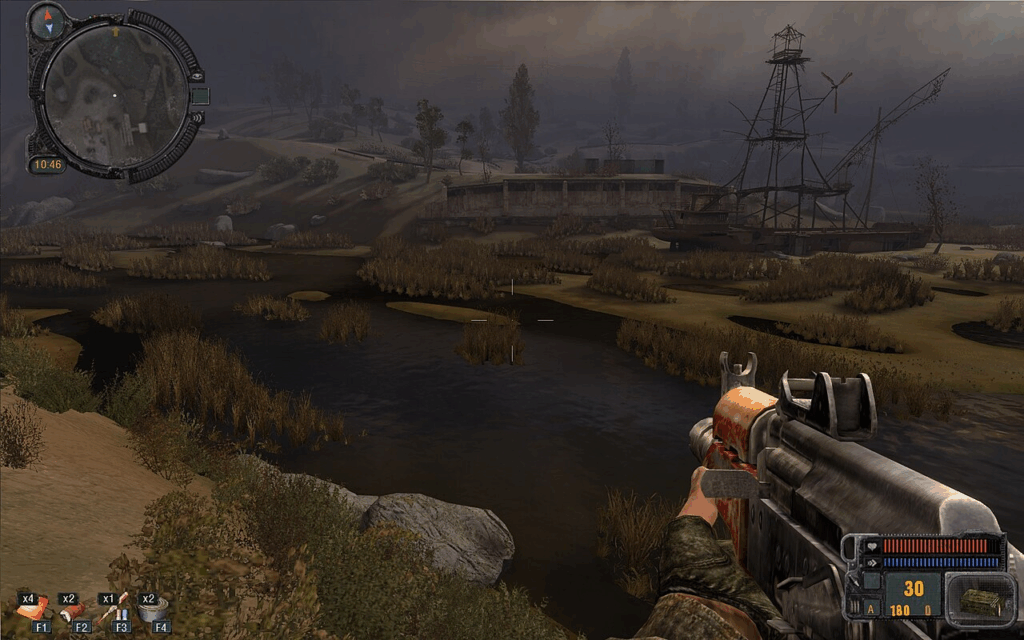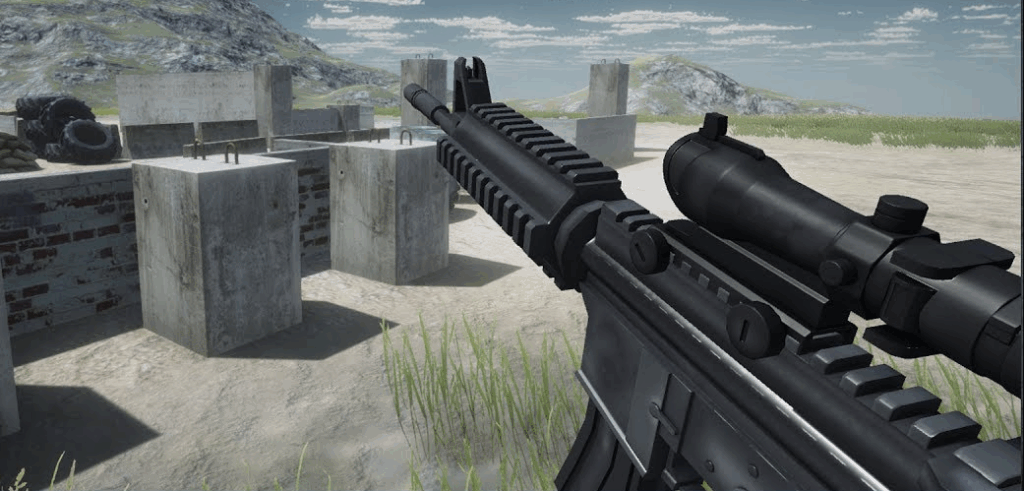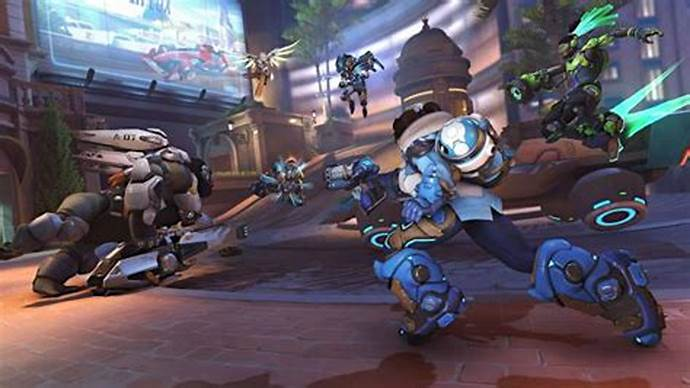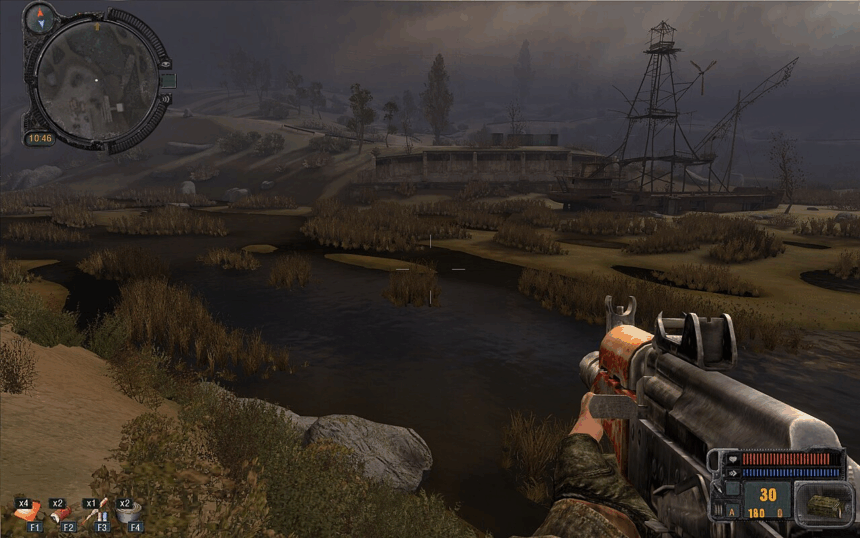In this post, I will discuss the What Are New Mechanics That Revolutionize FPS Games. The first person shooter (FPS) genre is rapidly changing with new features offering gameplay innovation.
From high-octane movement, destructible environments, and combat that relies on abilities – these additions make the game improve the player’s experience as well as their strategy and immersion. Let’s take a look at major advancements which influences the evolution of FPS game today.
Overview
FPS or first-person shooter games have been one of the most popular genres in gaming entertainment. They attract players with their breathtaking graphics, intense combat, and multiplayer options with global competitors.
The genre’s evolution includes many changes apart from the stories and graphics and features that alter Endgame player mechanics. Continuous changes to the FPS game feature makes it easier for new players to take part while improving strategy formulation by veteran players.
The aim of this article is to showcase all the innovative changes made to FPS game features which will broaden gamer perspectives beyond a fixed view.
What Are New Mechanics That Revolutionize FPS Games?

Advanced Movement Systems
The FPS genre has been altered with the introduction of more sophisticated movement systems, making navigation more fluid and adding depth. Modern games go beyond a simple running and jumping mechanic now using sliding, vaulting, double jumping, wall runs, and other forms of parkour.
This gives players much easier and quicker vertical and horizontal map traversal. Players who have mastered advanced movement in combat are rewarded in dynamic encounters for skilled positioning and quick reflexes in games like Titanfall 2 and Apex Legends.
The ease of executing these mechanics adds excitement to the game but also introduces new layers of strategies and hence they become critical to success alongside aiming and shooting.
Interactive Environments and Destructibility
The evolution of interactive spaces and destructibility has made the FPS battlegrounds more volatile and make them unpredictable. Rather than having static maps, players are now able to shift the environment dynamically by breaking walls, destroying cover and activating environmental hazards.
This mechanic, prominently seen in the Battlefield Series, adds a new layer of complexity to gameplay as players are forced to rethink their strategies during encounters because familiar hiding spots or choke points can vanish at any moment.
It shifts realism into immersion which makes the surrounding terrain itself a tactical component. The ability to modify the map transforms combat into something unlike anything that’s been experienced before making it feel dynamic.
Weapon Customization and Modular Systems
The addition of weapon customization and modular systems in FPS games has changed the way gamers interact with their firearms. Instead of fixed weapons, players can now swap out barrels, scopes, grips, and magazines to customize guns to their preferred playstyle.
With these modifications, options like accuracy, recoil, range, and fire rate are adjustable. Because each match shift dynamically from pre-game strategy planning to real-time decision making mid combat.
Call of Duty: Modern Warfare and Escape From Tarkov are example which showcase the added complexity variety that modular weapon systems encourage for experimentation skill development mastery refinement polish in repeated attempts. This makes player engagement multiplayer customizable to different combat scenarios.
Class and Ability-Based Combat
Combat based on classes and ability has changed the structure of FPS video games, merging conventional shooting with distinct character powers and roles. Gone are the days where players just relied on gunplay. Now, players can select classes or heroes that come with special abilities like healing, shields, teleportation, and area denial.
This system rewards team strategy and coordination. It provides a different angle to gaming while increasing diversity in gameplay as it goes beyond aim skills. Class combat supports variety which cultivates modern-day FPS titles focused on teamwork and cooperation while infusing tactical elements.
Realistic Ballistics and Physics

The realism of ballistics and physics in FPS games has improved and added to their authenticity. Modern games have moved further away from traditional hitscan weapons as they focus on distance and bullet drop, travel time, and even penetration through specific materials.
Players now need to calculate bullet trajectory, distance, and various obstacles when aiming and shooting. Games like Escape from Tarkov and Squad not only require players to handle the complex mechanics involving both weaponry as well as environment but surpass the limits of basic game physics by implementing realistic fire physics.
This makes combat much more immersive as it provides a great level of skill alongside strategy during fights while simulating real-world shooting complexities.
Dynamic Weather and Time-of-Day Cycles
FPS games get a new level of strategy and realism with dynamic weather and time-of-day cycles, as they continuously alter the battlefield’s conditions. These systems simulate environments with fog, rain, darkness, and even bright sunlight.
Games like PUBG or Call of Duty: Warzone employ these mechanics to affect player tactics; stealth is possible during foggy conditions, while rain or nighttime can muffle sound or reduce sight-lines.
This ever-changing environment helps players to implement different strategies on the go which makes every match feel immersive enhancing the level of excitement and challenge in gameplay.
Advanced AI and Enemy Behavior
The integration of advanced AI systems alongside the evolution of FPS video games have drastically changed how opposing forces react in battle, improving the overall challenge and immersion experience.
Modern AI enhances all aspects of a video game by eliminating the obsolete repetition of actions. Instead, AI makes effective use of cover, flank attacks, communicate with allies, and adapt to various dynamically changing circumstances.
Enemies that cooperate and strategize as seen in Halo Infinite and Metro Exodus require critical thinking on the player’s side to make necessary adjustments during combat; this greatly enhances gameplay immersion. This advancement heightens the engagement level for both singleplayer modes and co-op experiences by simulating authentic skill-meets-strategy combat scenarios.
Enhanced Sound Design and Spatial Audio

The development of enhanced sound design and spatial audio technology aids in providing FPS gamers with better auditory clues to aid their gameplay. Unlike traditional stereo sound, spatial audio creates a 3D environment which allows players to detect the exact direction and distance of ingame sounds such as footstep, gunfire and many others.
This mechanic is applied in games such as Rainbow Six Siege and Call of Duty Modern Warfare where sound serves as an integral tactical component. Spatial audio increases immersion, sharpens attention to detail, and transforms listening into a multi-layered tactic while deepening gameplay strategy by supporting smarter decision-making within split seconds during intense fighting moments.
Conclusion
To wrap up, the addition of new mechanics increases FPS (First-person Shooter) games’ realism and deeply enhances their strategies. Developing movement systems, customizing weapons, introducing class-based combat with realistic ballistics add so much to the game on modern advanced levels.
Players are also given more immersion with features like dynamic weather, smart AI, enhanced spatial audio, and cross-platform play which foster collaboration and flexibility among the players.
All these innovations are aimed at transforming FPS games from being merely technology competitions to rich evolving contests full of surprises. Embracing such strategies serves as the backbone for all FPS games actively targeting gamers of different calibers.














